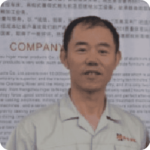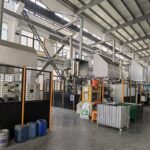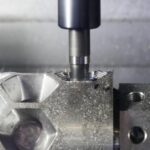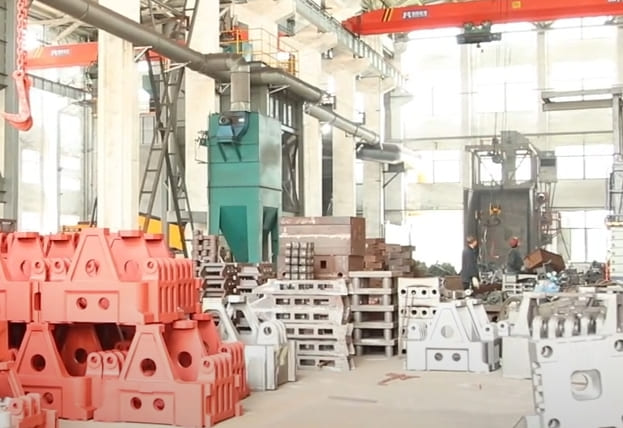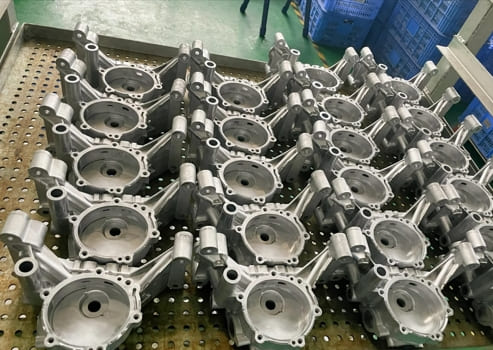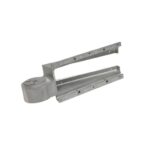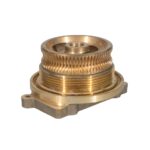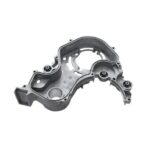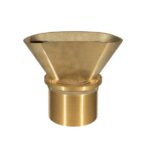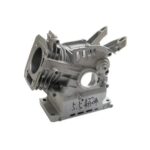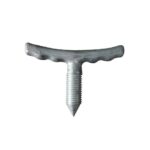Aluminum die-casting still dominates lightweight components, yet today’s buyers must weigh carbon rules, raw-metal swings, and a globalized vendor pool. This guide walks you through each production stage, the evidence you should demand, and the cost traps to avoid—so that quotations translate into real value instead of surprise charges.
Why Are Buyers Paying Closer Attention in 2025?
Purchasing teams no longer evaluate parts on headline price alone. Climate regulations, recycled-content mandates, and freight volatility push them to examine supplier footprints, alloy traceability, and process data that expose hidden waste or risk. Understanding these pressures helps you ask sharper questions and negotiate from a position of knowledge.
Aluminum Die-Casting Workflow at a Glance
Before supplier talks begin, review how a casting is born so you can spot weak links.
| Stage | Goal | Buyer Checkpoints |
|---|---|---|
| Mold design & build | Net-shape accuracy | Steel grade, 3-D model review, expected life cycles |
| Alloy melting | Stable chemistry | Alloy code, degassing log, spectrometer record |
| Injection & solidification | Low porosity | Shot-speed curve, vacuum reading |
| Trimming & cleaning | Uniform edges | Flash thickness, burr-control method |
| Post-machining | Tight size control | CNC spec, ±0.01 mm proof runs |
| Surface finish | Corrosion duty or look | Blast class, anodize/paint report |
Quality Documents Worth Requesting
Paperwork is your window into the foundry floor. Requiring the right files uncovers issues while change is still possible, not after parts arrive.
- 3-D CMM dimensional sheet
- X-ray porosity map with rating scale
- Microstructure photo and chemical profile
- Tensile, compress, and hardness data
- Salt-spray or heat-cycle log where relevant
Where Do Costs Hide—and How to Trim Them?
Casting quotes often mask add-ons that inflate the landed price. Knowing each cost bucket lets you shape a leaner deal.
- Mold – Shared inserts or replaceable cores cut capital.
- Metal – Use an LME-linked clause to share price swings.
- Machine time – One-touch clamping and multi-axis tools reduce hours.
- Volume breaks – Calculate economic lot size, not arbitrary minimums.
- Finish – Combine blast and coat under one roof to avoid double handling.
Eight-Point Supplier Checklist
A glossy brochure proves little. Run through this list to compare shops on facts rather than promises.
- Annual casting output and press-tonnage range
- ISO 9001 / IATF 16949 certificates
- Prototype lead time in calendar days
- Customer-sector mix—prevents single-industry shocks
- In-house spectrometer and melt-log history
- On-site mold repair with spare-parts stock
- Barcode or RFID traceability from melt to carton
- Scrap-reclaim percentage and documented energy cuts
Common Pitfalls—and Simple Fixes
Even an audited plant can stumble. Spot these recurring problems early and insist on straightforward remedies.
- Excess scrap aluminum → brittle castings → tighten alloy-input rules
- Poor cooling layout → shrink voids → review flow simulation files
- Generous machining allowance → wasted metal → request a value-stream map
- Batch-to-batch finish shift → color mismatch → demand retained samples
- Vague Incoterms → late-arrival fees → define liability and milestones up front
Technical Moves to Watch in 2025
Staying aware of new methods helps buyers future-proof component specs and avoid obsolescence mid-program.
- Process simulation shaves launch time from weeks to days.
- Vacuum + squeeze modes lower trapped gas for weld-ready parts.
- High-recycle alloys meet carbon goals with full mechanical strength.
- 3-D-printed mold inserts shorten pilot runs and allow rapid tweaks.
- Smart presses stream live OEE data and flag drift before scrap rises.
Closing Thoughts & Next Step
When you control the process inputs, verified quality, and cost levers, your RFQs shift from guesswork to predictable performance. Need a quick sample or live quotation? Contact Yongzhu Casting—we ship first-off parts in as little as seven days, backed by full trace data.
Searching for High-Quality for Cast Aluminum Parts?
You’ve come to the right place! Yongzhu Casting is a certified die casting manufacturer with over 20 years of expertise in the industry.
We have successfully completed numerous die casting projects for Aluminum casting parts, particularly in your industry.

Zhejiang Yongzhu Casting Technology Co., Ltd.
Location: Zhejiang, China
Company type: Manufacturers, Producers, Wholesalers
Year Founded: 2004
Main Products: Aluminium die casting, Mold Making, Die Casting, Sand Casting, Gravity Casting
Leading Chinese producer Yongzhu Casting is formerly known as Hangzhou Higer Metal Products Co., Ltd., was established in 2004.
With 20 years of experience in the industry, we are a specialized manufacturer in Aluminum casting and Machining.
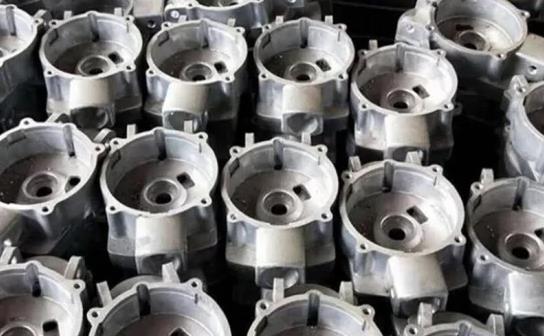
Our products are widely used in various applications such as Automotive, Energy, Lighting, Medical, Home Furnishings, Machinery & Equipment etc. Below are our advantages:
Design Review & DFM Support
Our professionals will evaluate your designs and provide suggestions for cost savings. Additionally, we offer Design for Manufacturing (DFM) assistance and conduct mold flow analyses to facilitate efficient production.
State-of-the-Art Manufacturing Equipment
Our facility is equipped with advanced hot-chamber and cold-chamber die casting machinery for aluminum and zinc production.
We also utilize high-precision CNC machines in a temperature-controlled workshop, featuring 3-Axis, 4-Axis and 5-Axis setups to manage any project you have.
Rigorous Quality Control Measures
Our dedicated quality control team ensures that all parts meet the highest standards of quality and consistency. We employ high-accuracy measurement instruments, including CMM, spectrometers, and X-ray detectors.
Comprehensive Surface Treatment Options
We provide a variety of surface finishing techniques for your precision die casting components. Our in-house services include cleaning, polishing, anodizing, shot blasting, and painting.
Flexible Project Acceptance
While larger manufacturers often shy away from low-volume projects, and smaller ones may struggle with quality, Yongzhu Casting stands apart. We prioritize customer satisfaction and willingly accept high-mix, low-volume projects like yours.
Quick Buyer FAQ
Q1 — How much faster is die-casting versus sand casting?
A typical die-cast cycle is under one minute; sand casting often needs several minutes plus extended cooling, so finished throughput can be five times slower.
Q2 — Can die-cast parts be welded?
Yes—provided gas porosity stays below level 2 (ASTM E505) and surface oxides are removed before welding.
Q3 — How do I predict mold life and budget spares?
Divide projected shots by alloy aggressiveness and press tonnage, then allocate 5–10 % of annual mold spend for insert refurbishment.
Q4 — Does high scrap aluminum reduce strength?
Not when melt is filtered and chemistry corrected; strength loss appears only when iron exceeds about 0.9 %.
Q5 — Is ±0.01 mm machining really needed for control housings?
For tight PCB alignment it avoids spacer shims and improves seal fit, cutting final assembly time by up to 20 %.


